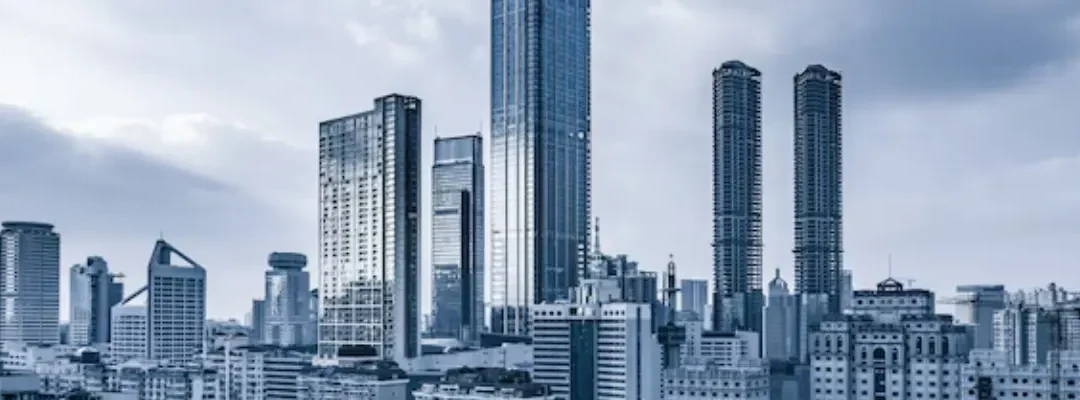The Future of Building Is Changing Fast
The construction industry is undergoing a major transformation. With rapid advances in technology, sustainability, and project delivery methods, 2025 is shaping up to be a year where smart, green, and efficient construction practices dominate.
If you’re a contractor, builder, architect, or property owner, staying ahead of these emerging construction trends can help you reduce costs, improve efficiency, and remain competitive.
Here are the top 5 construction trends in 2025 you should keep an eye on.
1. Modular and Prefabricated Construction
What’s happening:
Modular construction has been growing for years, but in 2025 it’s expected to take center stage. More companies are turning to factory-built modules that are transported and assembled on-site.
Why it matters:
- Reduces construction time by up to 50%
- Improves quality control through factory manufacturing
- Cuts down on labor requirements (solving workforce shortages)
- Reduces on-site waste
Use cases: Hospitals, schools, affordable housing projects, and commercial complexes.
2. Sustainable and Green Building Practices
What’s happening:
Environmental awareness and government policies are pushing for net-zero buildings and eco-friendly designs. In 2025, green construction is expected to become the standard rather than the exception.
Why it matters:
- Growing demand for energy-efficient, low-carbon buildings
- Adoption of renewable energy sources like solar panels
- Use of sustainable materials like bamboo, recycled steel, and fly-ash concrete
- Certifications like LEED and BREEAM becoming mandatory for large projects
Use cases: Residential complexes, commercial skyscrapers, public infrastructure.
3. AI, Robotics, and Automation on the Jobsite
What’s happening:
AI-powered tools and construction robots are moving from experimental to mainstream in 2025. Expect more autonomous machinery, bricklaying robots, and AI-driven project management software.
Why it matters:
- Improves precision and safety
- Reduces labor-intensive tasks
- Speeds up repetitive work like bricklaying, rebar tying, and material transport
- Enhances risk prediction and project planning
Use cases: High-rise construction, infrastructure projects, mega real estate developments.
4. Building Information Modeling (BIM) 2.0
What’s happening:
BIM has been around for years, but 2025 will see BIM 2.0, with AI integration, cloud-based collaboration, and digital twin technology.
Why it matters:
- Improves project coordination between architects, engineers, and contractors
- Enables real-time clash detection
- Allows facilities management using digital twin models
- Reduces rework and costly delays
Use cases: Smart cities, infrastructure, commercial complexes.
5. Smart Construction Materials and IoT Integration
What’s happening:
Innovations in smart building materials and IoT (Internet of Things) are making construction smarter and more durable.
Why it matters:
- Self-healing concrete reduces maintenance costs
- IoT sensors monitor structural health, temperature, and moisture levels
- Smart HVAC and lighting reduce energy consumption
- Real-time site monitoring improves safety and productivity
Use cases: Bridges, skyscrapers, large-scale residential and commercial projects.
Quick Recap: Top 5 Trends at a Glance
| Trend | Impact |
|---|---|
| Modular/Prefabrication | Faster builds, reduced labor |
| Sustainable Construction | Lower emissions, eco-friendly buildings |
| AI & Robotics | Precision, automation, and safety |
| BIM 2.0 & Digital Twins | Seamless collaboration, efficiency |
| Smart Materials + IoT | Durability, real-time monitoring |
FAQs
Q: Which trend will have the biggest impact in 2025?
A: Modular construction and sustainability are leading the way, but AI and BIM integration will also redefine efficiency.
Q: Are these trends only for big projects?
A: No. Even small-scale residential projects can adopt prefab, green practices, and IoT-based monitoring.
Q: How can contractors adapt to these changes?
A: Invest in training, adopt new tech tools, and collaborate with suppliers who provide sustainable and smart materials.

